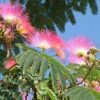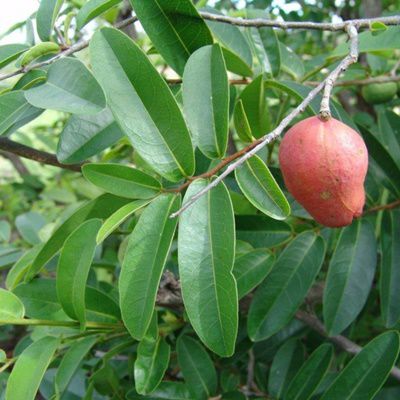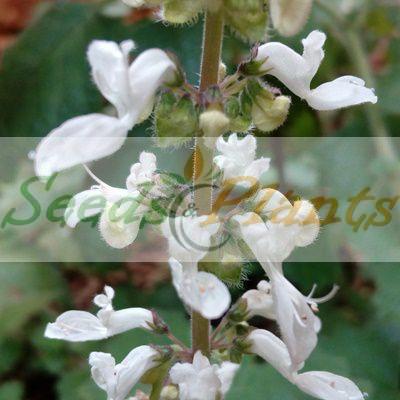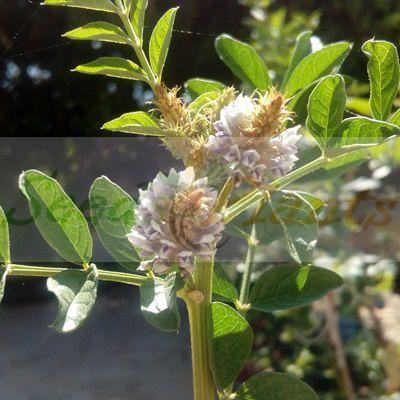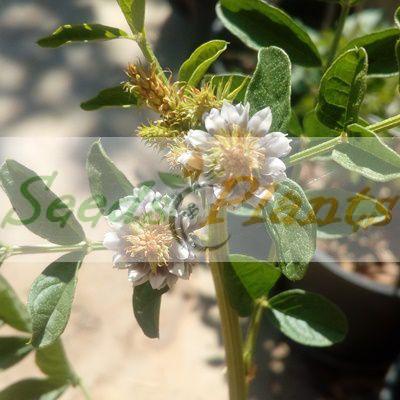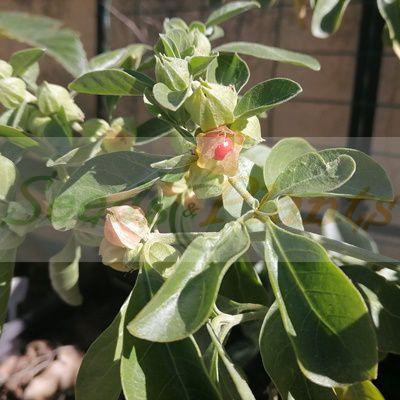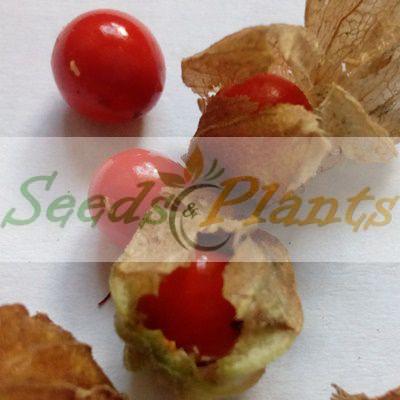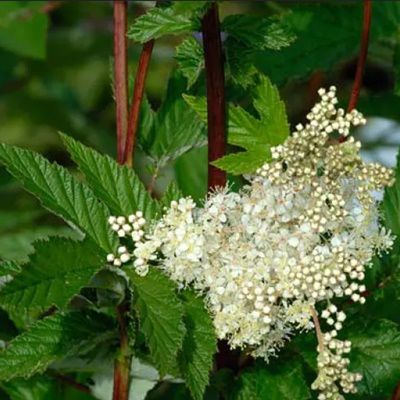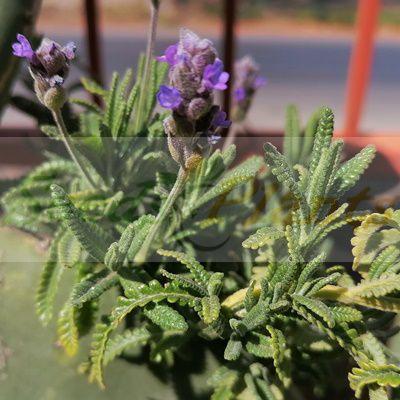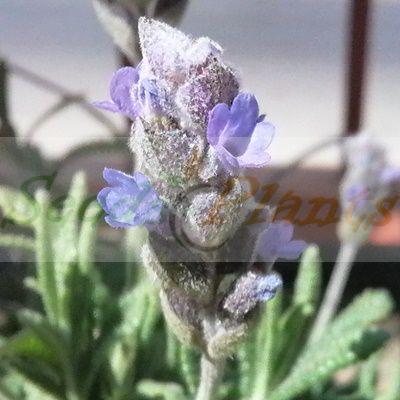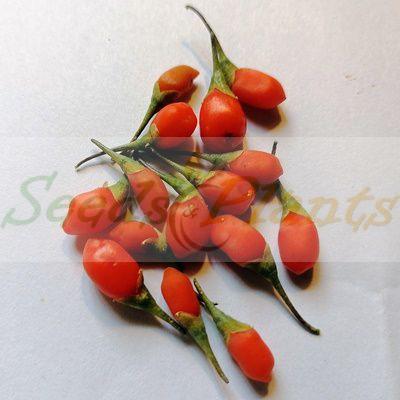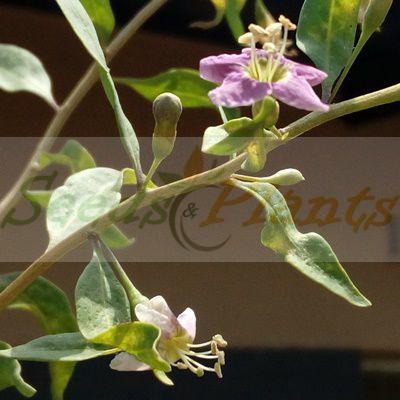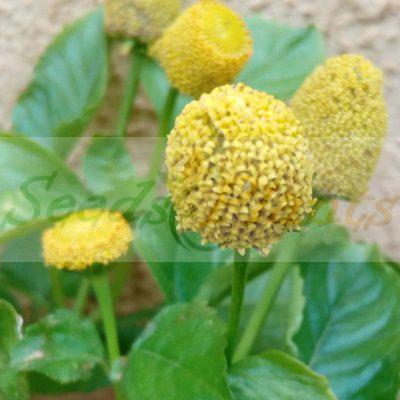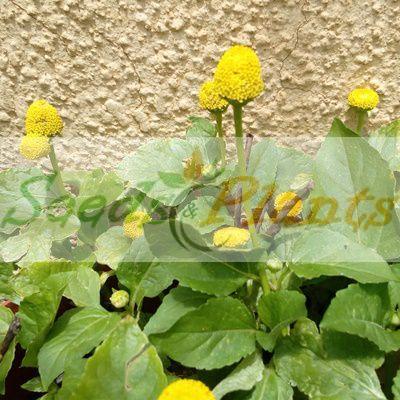Shakama Plum – 5 Seeds
(Hexalobus monopetalus)
R50.00
Shakama Plum is a deciduous shrub or small, crooked tree that has both culinary and medicinal uses.
Common names: shakama plum, baboon’s breakfast, wild custard apple (Eng.), bastersuikerappel, shakamapruim (Afr.), muhuhuma (Tshivenda), moheteka, mowedika (Northern Sotho).
Indoor Sowing: Spring and Early Summer.
Direct Sowing: Not Recommended.
In stock
Shakama Plum (Hexalobus monopetalus) is a deciduous shrub or small, crooked tree with a scattered spreading canopy, growing to a height of 2-9m. The tree has both culinary and medicinal uses.
It has a slender, twisted stem with low branches that range in color from brown to black and are covered in light brown hair. The flowers are found either singly or in groups of 2 or 3, on very short stalks in the axils of the leaves, on leafless twigs or sometimes from the trunk, and emerge when the plant is without leaves. The flowers are made up of 3 sepals and 6 petals. The sepals are brown on the outside and the petals are pale yellow, greenish or cream.
The tree produces edible fruits that ripen in late summer. The fruits are cylindrical or ovoid, sometimes constricted between the seeds and scarlet when ripe. The pulp of the ripened fruit is bright yellow and has a sweet, pleasant acidic flavor. The fruit produced by this tree can be eaten raw or cooked and used to make jam.
Common names: shakama plum, baboon’s breakfast, wild custard apple (Eng.), bastersuikerappel, shakamapruim (Afr.), muhuhuma (Tshivenda), moheteka, mowedika (Northern Sotho)
Medicinal Benefits:
- Used in the treatment of is fungal skin infections, stomach ulcers, sexually transmitted infections, inflammatory diseases, and wounds.
- It is also used to treat diabetes, chest aches, diarrhea and colds.
Growing Shakama Plum
Indoor Sowing: Spring and Early Summer.
Direct Sowing: Not Recommended.
- This plant prefers well-draining loamy soil with a slightly acidic to neutral pH.
- Lightly scarify the seed coat.
- Then place the seeds in water for 24 hours.
- Sow seeds in a well-draining soil mix.
- Place the container in a warm, bright location.
- Germination takes about 3 months or longer.
Disclaimer
Medicinal Information:
All medicinal information on this website is for educational and informational purposes only and may not be construed as medical advice. The information is not intended to replace medical advice or treatment offered by healthcare professionals.
Seeds, Plants, Plant Cuttings, Geophytes and Dried Herbs:
In some countries and provinces, certain plants are deemed as invasive and are not allowed to be planted at all, whilst some plants are allowed to be grown only in certain areas or provinces. The onus is on you as the buyer to familiarize yourself with the regulations pertaining to your location, before purchasing any of our seeds, plants, plant cuttings, geophytes or dried herbs. We will not be held liable, should you purchase any seeds, plants, plant cuttings, geophytes or dried herbs. from us which are prohibited in your country or province.


